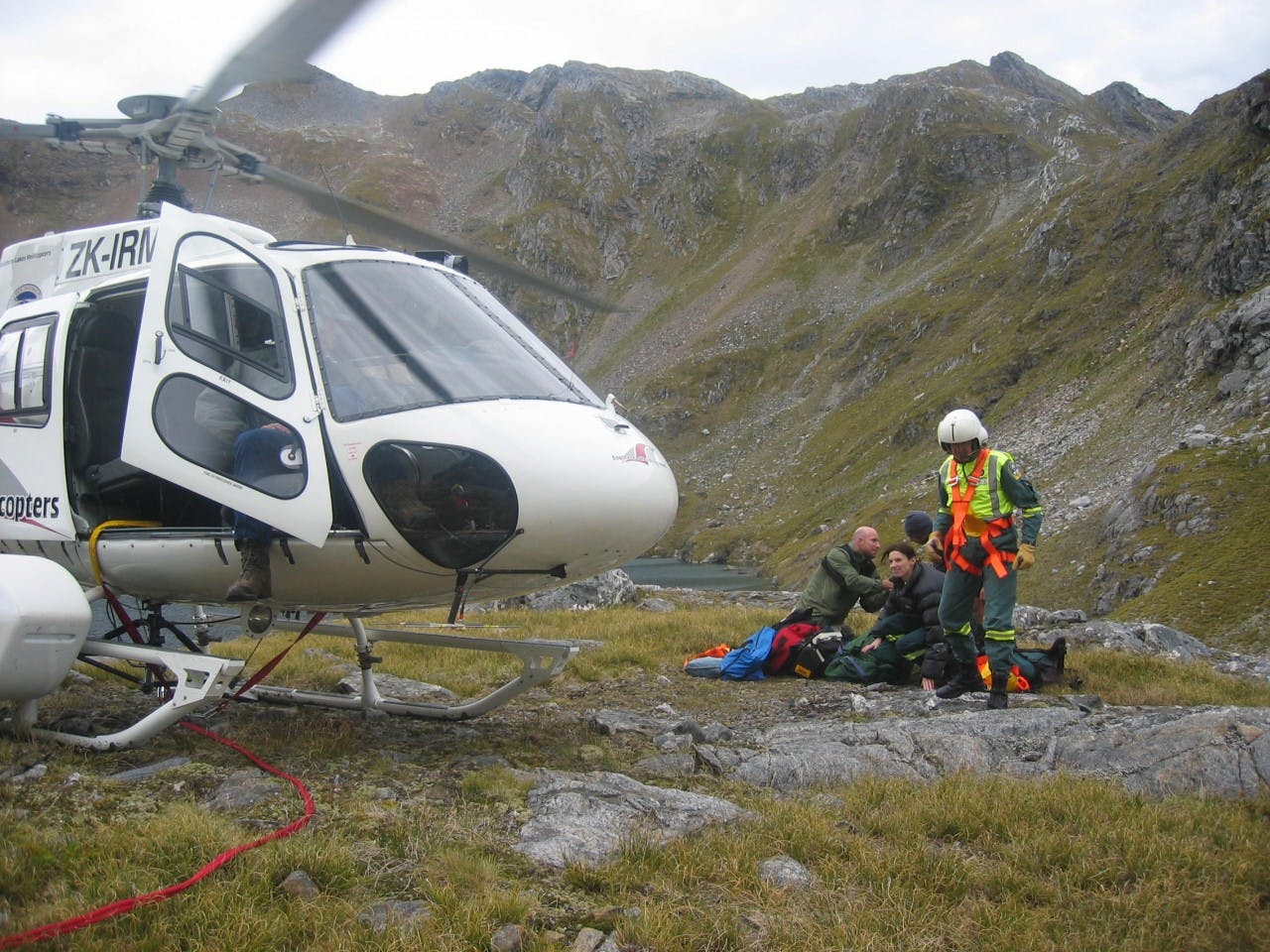The number of people who are carrying and activating rescue beacons is on the rise.
There were 230 land-based beacon activations in 2016, 152 of which necessitated rescues. Nationwide, the total number of beacons registered in the Rescue Coordination Centre of New Zealand (RCCNZ) database increased by more than 11,000 to 62,241. According to RCCNZ manager Mike Hill, the increased use of beacons is taking the “search” out of search and rescue.
“In the not-too-distant past, a person might go into the wilderness and if they hadn’t come back a few days later, authorities were alerted and we would go into a large area and start searching. Beacons changed that – now someone has the connection to say ‘I’m in distress, this is where I am,’” Hill said. “We’re being more efficient and more effective.”
The rescue centre has seen a range of different incidents over the past year, from tramping accidents to sudden illnesses in the bush. And, it’s a mixed bag of activities that have required rescues, from horse riding to mountain biking and rafting.
Hill said it’s been encouraging to see people choosing to activate the beacons at the right times, and that it’s always better to signal for help while there is still enough daylight to perform the rescue.
“It’s not for us to judge from the safety of our office,” Hill said. “When you are in the bush, when you’ve been out for hours or days, it’s how you feel at the time. We’d rather have a beacon activation at 3pm to rescue before nightfall than have an activation at 9pm where it can be a more challenging rescue.
“There’s a whole range of factors that most sensible people are considering before they push the button.”






